Top 10 Healthcare Trends & Innovations in 2024
Health has always been and will always be the most important value for every person. However, a dozen years ago, only the organism’s physical state was previously favored. In recent years, there has been a trend towards preserving emotional well-being, which has formed a holistic approach to health and its management system. This has made it possible to move from “disease medicine” to “health medicine”.
According to Fortune Business Insight research, the global IT in the healthcare market is projected to grow from $89.07 billion in 2021 to $446.52 billion in 2028. How can IT technologies help treat diseases, prevent their appearance, and further development? Let’s look at the 10 healthcare trends and innovations that define the medicine of the future.
Electronic Medical Records (EMR)
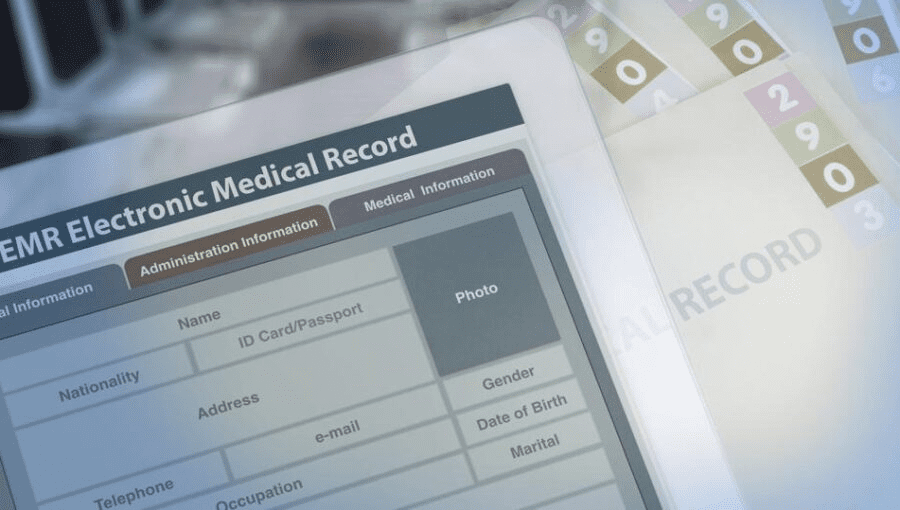
Healthcare providers have easy online access to complete medical histories, which improves diagnosis, treatment processes, and patient monitoring.
Systems with voice-recognition features are being developed. These allow data to be entered through speech processing, which speeds up the documentation process many times over.
Cloud storage of medical data
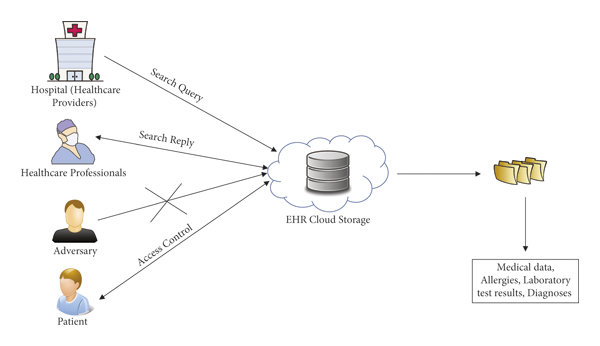
The innovation provides easy access to the patient’s medical information, increasing the speed and efficiency of treatment. Healthcare providers can interact with each other interactively.
Large amounts of data (e.g. medical electronic records) can be managed more efficiently and without unnecessary expenditure on expensive infrastructure. In the event of an emergency, data can be copied to a backup source, ensuring its safety.
If you a looking for an IT partner who can help you with a healthcare project, we at OS-System are ready for new endeavors. We recommend you investigate our case study about mobile app development for a medical center.
Medical wearable devices
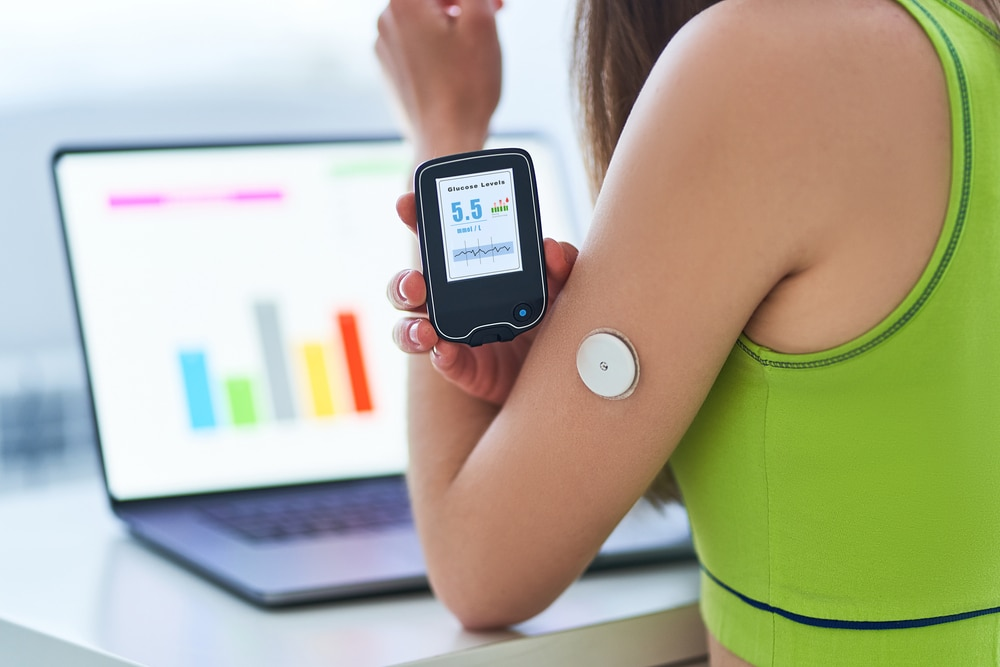
Wearable medical gadgets offer a convenient and noninvasive way to monitor various health parameters, such as heart rate, sleep patterns, and calories burned. Among the most well-known and widespread devices are smartwatches and fitness bracelets. Wearable health monitors that track vital signs and alert users to abnormalities can be used by people with chronic diseases.
Smart clothing is emerging with built-in sensors to monitor fitness performance. For healthcare providers, such devices provide additional information and allow them to help patients before their condition worsens.
Mobile health apps
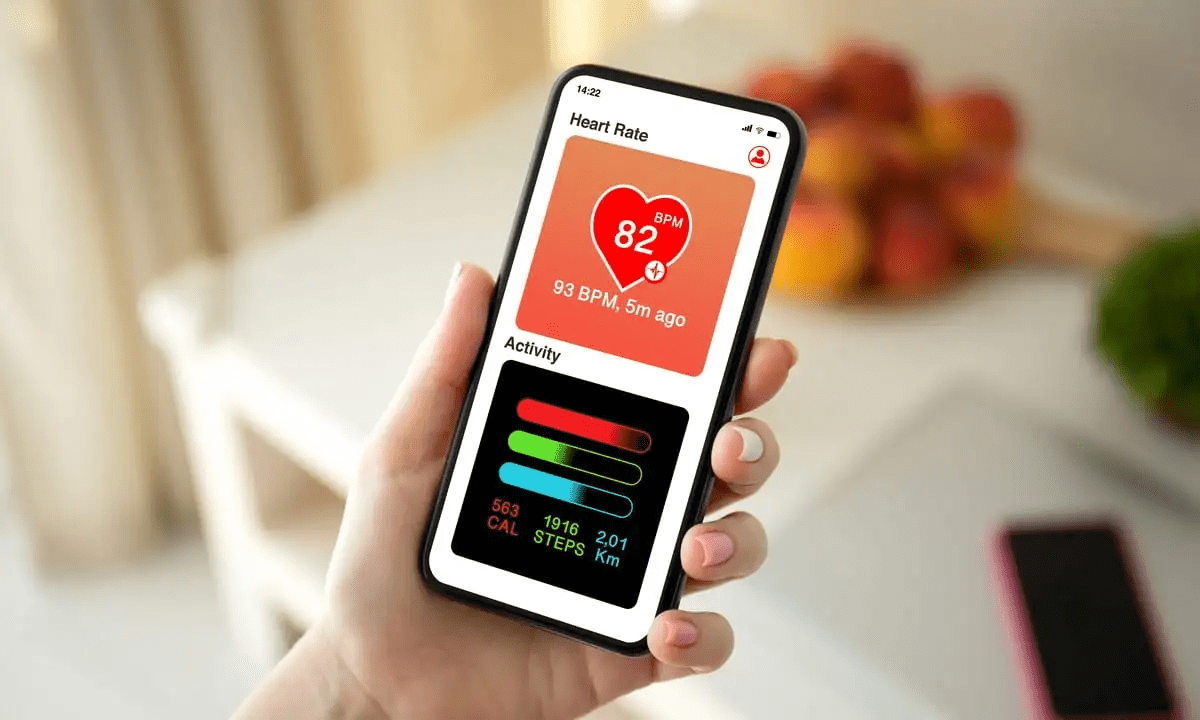
Almost all modern smartphones can be equipped with applications that allow you to monitor your health. Mobile technology has spawned a new trend in medicine – mHealth. This is the use of mobile technology to promote and restore health.
mHealth technologies can be used for:
- Reminders of doctor’s appointments
- Reminders about treatment regimens and medications
- Patient monitoring, medical examinations, and data collection
- Increasing public awareness of health issues and providing access to important information
The mobile healthcare application segment can be broadly categorized into two areas:
- Medical direction. It implies technologies, devices, applications, and services for patient treatment and care. At the moment, such applications mainly contain reference information about medicines, diseases, symptoms, advice on how to take medications or what to do in case of pain, and data on the location of pharmacies and medical centers.
- Fitness direction. It implies devices and applications designed to monitor compliance with a healthy lifestyle and fitness (pedometers, physical activity regulators, etc).
If you have an idea of the mHealth project, our OS-System team can consult you and help you implement it.
Artificial Intelligence (AI)
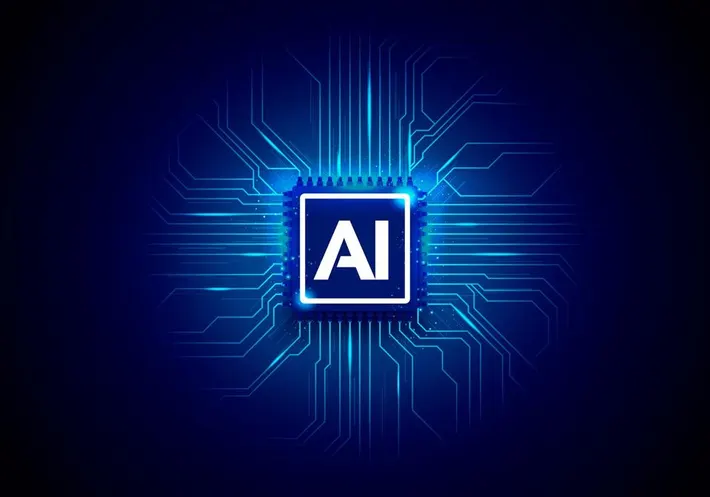
Artificial intelligence is used in various areas of healthcare. It can be used to:
- Analyze medical images (X-rays, MRI, and CT scans) to detect pathologies and determine optimal treatments.
- Analyze large amounts of patient health data, helping predict the likelihood of disease development and take timely preventive measures.
- Help accelerate clinical trials and the development of new drugs.
- Develop robotics technologies and telemedicine.
- Facilitate access to information and resources for health care providers and patients (virtual assistants, chatbots, etc).
- Promote the development of personalized medicine, providing individualized treatment recommendations based on the unique characteristics of each patient.
If you want to explore this topic in-depth, we have an article titled Artificial Intelligence (AI) in Healthcare: Use Cases and Risks.
Telemedicine

This set of programs and devices allows doctors and patients to communicate remotely. Telemedicine allows patients to get a doctor’s consultation without visiting a hospital, monitor their health online, record patient complaints and doctor recommendations, and reliably identify them.
Interactions with the use of telemedicine technologies can be carried out in the following formats:
- “Doctor-Patient”. Consultations of the patient with the doctor, transfer of research results, etc.
- “Doctor-Doctor”. Technologies are used for data exchange between doctors, emergency consultations, and management in the sphere of medical education, health care, and medical services.
Telemedicine tools have made remote monitoring possible, which is necessary for monitoring elderly people who find it difficult to reach the nearest polyclinic on their own, monitoring the health of patients in need of regular check-ups, and monitoring the condition of workers in hazardous industries.
IoT-based healthcare

Emergency room visits often result in critical time loss and other medical expenses. With real-time patient monitoring, predictive analytics, and automated triage systems, hospitals can efficiently prioritize treatment, allocate resources, and mitigate overcrowding. IoT-enabled solutions can also facilitate efficient resource management, patient flow optimization, and remote consultation, allowing for prompt assessment and intervention.
An example of a great IoT in healthcare is AutoBed. It is IoT-driven software adopted by Mt. Sinai Medical Center in New York. With it, patient waiting times were reduced by 50%. This healthcare IoT software product, provided by GE Healthcare, can track occupancy among 1200 units and factor in 15 different metrics to develop the best individual solution for every patient.
IoT-enabled devices and healthcare software development save time and effort for doctors and nurses. In some cases, they can save lives since patients often don’t realize how critical their condition is until they see a doctor. In cases like that, time is of the essence.
3D printing of drugs, body tissues, and organs

3D printing was first used in dentistry to make dental implants. Since then, the use of the method has greatly expanded to create body tissues and organs, prostheses and implants, surgical instruments, and anatomical models.
The introduction of 3D printing in pharmaceuticals is also interesting. The first drug produced with 3D printing was a medicine for epilepsy. Thanks to a special technology, the drug dissolves much faster than conventional tablets, and only a small sip of water is enough to take it. Also, experts continue to experiment with 3D printing of drugs with unusual shapes (dinosaurs or octopuses) to make it easier for children to take pills.
Robots assisting in surgery, disinfection, and dispensing medication

Robots have long since ceased to be just characters in sci-fi movies. Robotics is actively developing in medicine. Today, there are robotic disinfectors, nurses, exoskeletons, and prostheses. There is even a robotic surgeon who can perform surgeries with maximum precision and minimal cuts. A robotic assistant can carry multiple racks, carts, or containers weighing up to 453 kg.
Another innovation in this field is a robot used in nursing homes and hospitals to assist people in need. It can lift and move patients in bed, help them stand, and turn them as many times as necessary to prevent bedsores.
Search for new biomarkers for early detection of diseases

Biomarkers are the key to solving many problems. They help predict the onset of diseases at the earliest stage, predict further development, and build therapy that takes into account the individual characteristics of the body.
For example, scientists have verified the tumor marker survivin, which makes it possible to detect cancer at an early stage. Diagnosing heart damage, even in people without myocardial infarction, detects vascular damage or the presence of atherosclerosis can be High Sensitive Troponin I. The search for new biomarkers continues and this is a really important direction in the development of preventive medicine.
Conclusion
The development of modern medicine cannot be imagined without the introduction of IT technologies. Digital transformation is gradually taking over all industries in the world, helping to solve the problems that stand in the way of their development. Current trends in healthcare have led to an increase in demand and, consequently, investments in the development of solutions using artificial intelligence and Data Science.
Patient personal data, which is essential for IT companies to operate, is sensitive information and is governed by regulations such as HIPAA and GDPR. Complying with international directives, IT companies use only depersonalized data, and the process of working with it is strictly controlled. In general, working on projects in medicine is quite challenging, because in addition to developer skills, you need to have knowledge in medicine and related sciences.
Search for a reliable IT partner for your healthcare project? Contact us at OS-System!

Subscribe to us










